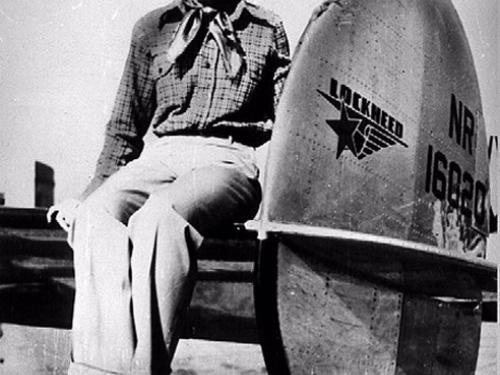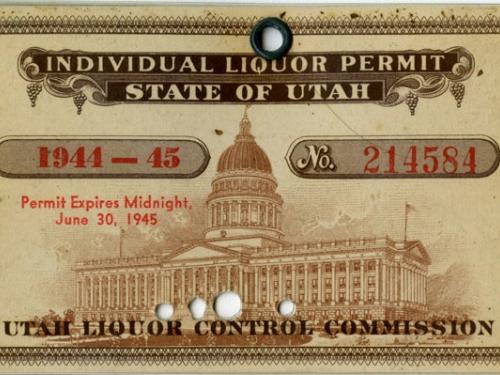

Stories of daring, stories of technological feats, stories of prevailing against the odds ... these are the stories we tell at the National Air and Space Museum. Dive in to the stories below to discover, learn, and be inspired.
Showing 591 - 600 of 701

February 12, 2013
The seventy-fifth anniversary of the disappearance of Amelia Earhart and her navigator, Fred Noonan, stirred up considerable media attention – particularly in light of another expedition to the South Pacific in the hopes of solving the mystery. While the fate of Earhart has enthralled the public since 1937, the story of how Earhart figures into the larger history of air navigation and long-distance flying is often overlooked.

January 23, 2013
As my colleague Dr. Tom Crouch referenced in a previous post, our nation is currently in the midst of commemorating the 150th Anniversary of the American Civil War (or sesquicentennial for you Latin fans).

January 10, 2013
On January 10, 2012, the National Air and Space Museum Archives Department officially opened its new reading room at the Steven F. Udvar-Hazy Center to public researchers. We welcomed six researchers that day, including two who had scheduled a trip from Germany to coincide with our grand opening.

January 03, 2013
No question 2012 will be remembered as a simultaneously joyous and tumultuous year, certainly in politics but also in air and space. As a retrospective of the year just gone, here are my five most significant events in air and space. Like all such lists, it is idiosyncratic and I recognize that others might choose different events. I list them in order of their occurrence—not according to their significance—during the year, along with my reason for including them on this list.

December 24, 2012
The good girls and boys of the Coast Guard Air Station Brooklyn get a visit from Santa, December 1944.

December 17, 2012
This September, Larry Crumpler, a research colleague at the New Mexico Museum of Natural History and Science, and I were able to fly in the back seats of two weight-shifting ultralight aircraft during a two-hour flight over the McCartys lava flow in central New Mexico.

November 19, 2012
Suitably clad in a custom-made flying suit and sporting a pair of goggles, President Warren G. Harding's 1921 Thanksgiving turkey, the gift of the Harding Girls' Club of Chicago, arrives at the College Park (Maryland) airport on a DH-4 mailplane.

October 27, 2012
The Boeing B-29 Superfortress Enola Gay is one of the National Air and Space Museum’s most heralded artifacts, but a new addition to the National Air and Space Museum Archives Division’s collections provides a glimpse into the lives of the crew before they became worldwide names. In May, the Archives accepted an accession of three State of Utah individual liquor permits for 1944 to 1945 (Acc. No. 2012-0027).

October 12, 2012
The high-flying long-range North American P-51 Mustang escort fighter was a war-winning weapon for the United States and its Allies during World War II. As American Mustang pilots protected bombers and pursued their enemies in the air over Europe and the Pacific, they earned a place for themselves and their airplane in the annals of military and aviation history. The availability of surplus Mustangs and other fighters such as the Corsair, Bearcat, Airacobra, and Lightning after World War II and into the 1950s helped create what we call the “warbird” community today.

August 22, 2012
During World War II, a group of young, enthusiastic and skilled African American men pressed the limits of flight and the boundaries of racial inequality by becoming Army Air Forces pilots. Most of these pilots trained at Moton Field in Tuskegee, Alabama.